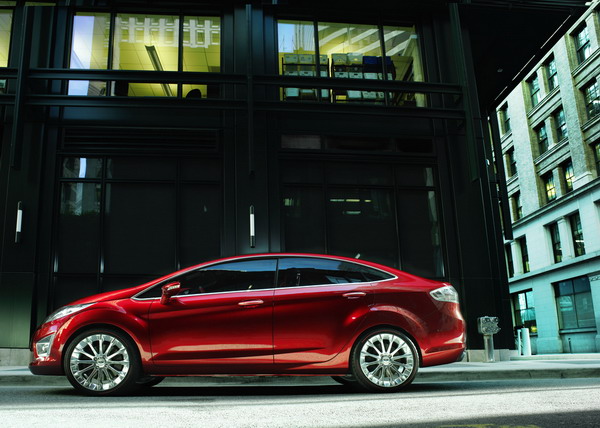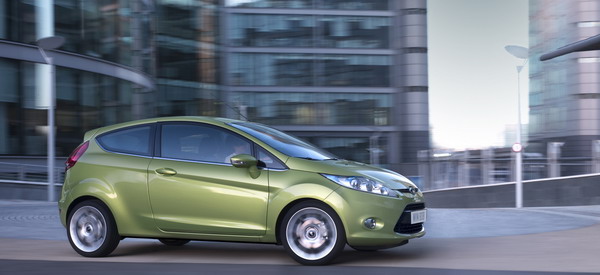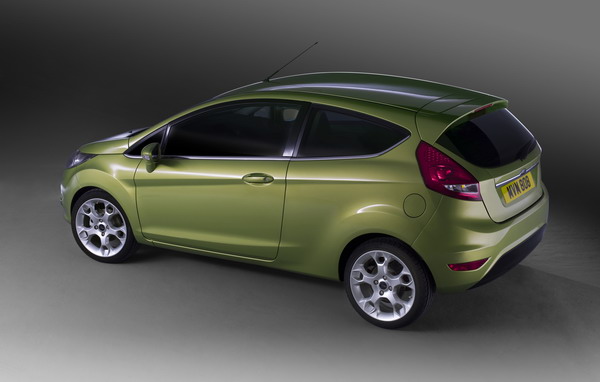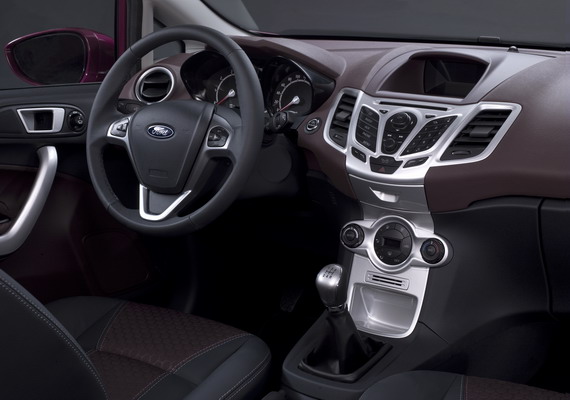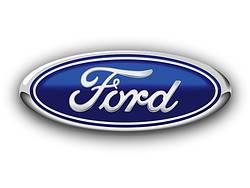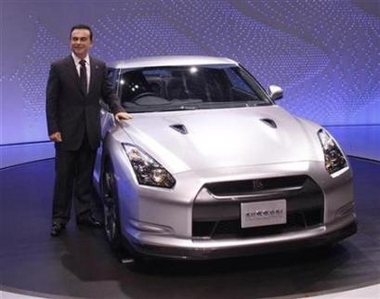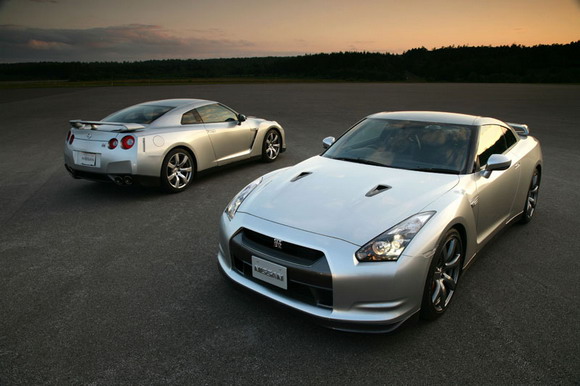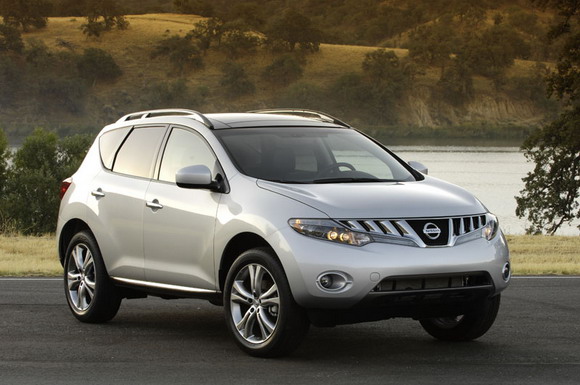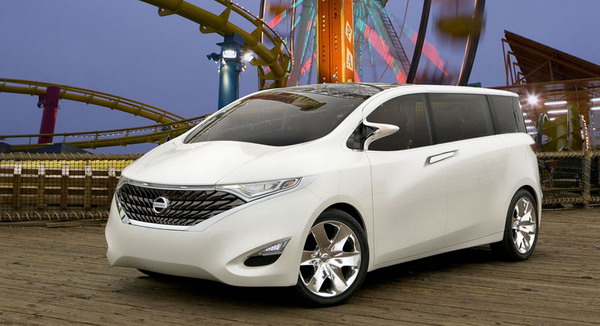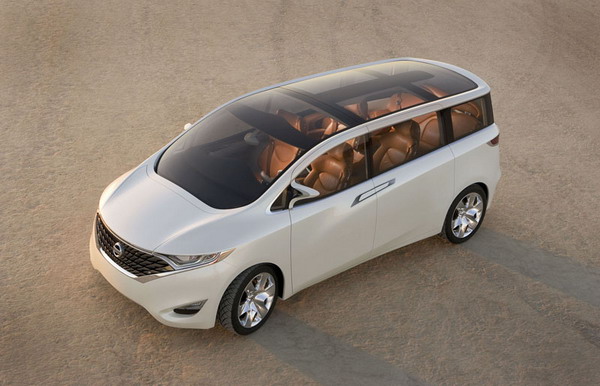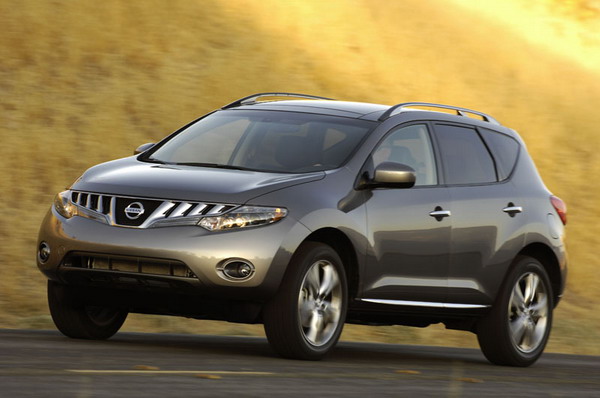Blings:
- Most fuel efficient SUV on the planet
- Cavernous interior
- More masculine exterior appearance
- Easy-to-use Nav system
Dings:
- Brake pedal like stepping on a wet Nerf ball
- No traction control and downgraded NHTSA safety score
- Limited A/C function in electric drive mode
- No audio controls on steering wheel
Ruling: Unless you’re a devoted city dweller, being ‘green’ isn’t worth the added heft and expense.
On Ford’s website for the new 2008 Escape SUV, they boldly advertise “The End of Boredom is Here.” And if it’s true, it certainly isn’t to the credit of the redesigned 2008 Escape Hybrid. Purchasing the Escape Hybrid definitely won’t cure your boredom, but if you’ve got a case of nagging regret for not being more green, then maybe, just maybe, the Escape Hybrid is for you. Yes, Ford’s claim of the Escape Hybrid being ‘the most fuel efficient SUV on the planet’ is valid, but unfortunately, it’s one of the few merits we can find in justifying the purchase of one. Like making a donation to a smooth-talking evangelist, absolving your guilt of not being more green will come at a handsome price; and it’s more than just a financial one.
Now don’t misunderstand, we don’t hate the Escape. It would be foolish to write off a vehicle that has sold over a million units since it’s introduction at the beginning of the millennium. Obviously it’s popular with the American public for being an economical alternative to bigger, bulkier SUVs. In addition, the hybrid drivetrain is an innovative idea. At a minimum, it’s a gateway for helping create automobiles powered by alternative energy sources. So then what could be better than adding a ‘green’, innovative drivetrain to a platform as successful as the Escape, right? Seems like a no-brainer, to use the parlance of our times. But sometimes - like in the case of the Ford Escape Hybrid - the sum of its parts is greater than the whole.

Driving Impressions
The absolute first problem we noticed when driving the Escape Hybrid was not necessarily it’s cacaphony of hums, buzzes and wheezes, the irksome CVT (constantly variable transmission) or its dopey, top-heavy handling. Those items were something we managed to cope with. But what we couldn’t warm up to was the Escape’s horrendous brake pedal feel. Unlike hybrids from other manufacturers who manage to make regenerative brakes feel almost identical to conventional brakes, the Escape Hybrid has a quality which can only be described as stepping on a wet Nerf ball. It’s as flaccid as Alfred E. Newman at Muscle Beach. Easily the worst brake pedal feel in recent memory.
The 2.3 liter 4-cylinder gasoline engine and two electric motors have a total system output of 155 horsepower and 152 lb/ft of torque, which for a vehicle that weighs 300 pounds more than its 3500 pound non-hybrid siblings, makes for sluggish performance. If you’ve never driven one before, a CVT is a transmission that has but one gear which is ‘constantly variable’ in its operation; revving this way and that to match the power potential of the engine. It’s awkward at first and takes a little getting used to. It feels like driving an automatic transmission that’s low on ATF, refusing to upshift. But once you’re acclimated, the CVT helps overcome the Escape’s general sluggishness by matching engine revs to peak torque, giving the Escape more than adequate lane change and highway acceleration.
But for most people interested in the Escape Hybrid, the fuel economy numbers are what really shine. For FWD models, 34 MPG city and 30 MPG highway are quite impressive, as are the AWD numbers of 29 and 27. Under light acceleration below 25 MPH, the Escape is all electric, and although the transition between volts and gasoline isn’t glassy smooth, its acceptable.
Build
Like some other Ford SUV/CUV models, the new Escape is mixed in its build quality. On the freeway, the Escape’s cabin is quiet enough to meditate in, a testament to the quality efforts of Ford engineers. Although tippy and loose in handling, in straight line freeway driving, the Escape has reassuring presence. But since it’s redesign, the Escape has taken a hit - literally and figuratively - in its safety record, which is one of the bigger problems with this vehicle.
Because Ford engineers were not able to figure out how to make the traction control system work with the hybrid drive, there is no traction control available. And although it still comes standard with safety features like antilock brakes, front airbags and full-length head curtain bags, the Escape’s NHTSA safety record has actually suffered. Passenger safety is at least up to 5 stars from 4 in 2007, but it comes at a cost to the person behind the wheel. Driver safety is down to 3 stars from 4 in 2007, performance that many safety experts consider unacceptable.
Interior
One of the highlights besides the Escape’s stellar fuel economy is its redesigned interior. The boxy, square-jawed dashboard exudes the interior found in Ford’s full-size trucks, and the tall cabin almost convinces passengers they’re in a full-size truck. But unlike full-size trucks, the Escape keeps the green theme in full effect with cloth upholstry made of 100 percent recycled material - which could be good or bad depending on what the seats were in a prior life.
The backseat is equally cavernous with ample legroom even with the front seats in full rearward position. The rear cargo area expands from 27 cu. ft. to 66 with the seats folded. It’s a bit of an effort to convert the seats, but once complete, you’re rewarded with cargo flatness absolute. Underneath the rear cargo mat sits the partial culprit of the Escape Hybrid’s hulking weight and dopey handling - the 330V Sealed Nickel-Metal Hydride (NiMH) Battery Pack.
The center stack is well thought out with big, simple buttons and an adequate seven speaker stereo system with CD, MP3 and satellite capability. The touchscreen navigation system is intuitive and also features hybrid consumption readouts for those rabid about fuel economy data. The console also comes with an optional 110V AC outlet, handy for charging items like a laptop computer. At night, the Escape’ instrument cluster glows with an attractive blue hue brighter than a bottle of Aqua Velva.
But a couple glaring oversights still exist. One is the fact that A/C has limited operation in electric mode. If you’re stuck in rush hour traffic on a scorching summer afternoon and the car is operating on battery power, A/C will only work in the MAX A/C position; AKA an F5 tornado. Also, for some inexplicable reason, Ford forgot to put audio controls on the steering wheel. A huge disadvantage when playing radio station war with your passenger.

Styling
In previous generations, the Escape has sported an exterior which some considered less than masculine. It didn’t seem to hurt the Escape’s sales numbers, but for 2008, Ford has gotten machismo with the Escape, squaring off the edges and adding a big faux chrome grille and tasteful accents. Although it looks a lot tougher, looks is where the Escape’s toughness ends. At the end of the day, its still a hybrid vehicle that won’t tow more than 1,500 pounds.
Value
With the Escape Hybrid, value depends on what kind of driving you’ll be doing. Considering that a FWD Hybrid costs more than $3,000 over its gasoline-only V6 equivalent with far more power, you have to be a hardcore city driver or pretty serious about being green to justify the added expense. If you consider the V6 MPG numbers of 18 city and 24 highway, at $3 per gallon of gas, you’d have to drive over 100,000 highway miles to gain back that $3,000 difference. However, if the majority of your driving is city, the added expense will be paid back in only 40,000 miles. The Escape Hybrid is a far better value for urban pavement pounders than it is for the long-haul road warrior.
Who should buy it?
Obviously, people who buy the Escape Hybrid are buying it for reasons other than value. For those who do a lot of city driving, have rather large cargo requirements and don’t mind sacrificing performance and extra cash for an eco-friendly vehicle, the Escape Hybrid is worth a look. If you don’t meet all of these criteria, then look at the gasoline burner.

Conclusion
Although carREVIEW.com consumers rave about the Escape - giving it an extremely high overall ranking - at least for the 2008 Hybrid model, we must disagree. It’s poor braking, handling, lack of traction control, shaky NHTSA safety results and overall general boringness make us want to look elsewhere. But if you simply must have “the most fuel efficient SUV on the planet”, then you’ll find all your heart desires in the Escape Hybrid.
| Build | Interior | Performance | Handling | Styling | Value | Overall | |
| Rating | 3.0 | 3.5 | 3.5 | 2.0 | 3.5 | 3.0 | 3.0/C |
